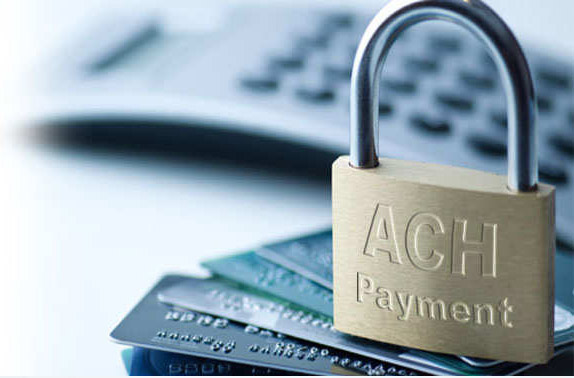
By admin April 19, 2022
ACH payment processing is an electronic method of transferring funds from one bank account to another. ACH stands for Automated Clearing House, which is the network that processes these types of transactions.
When you make an ACH payment, the money is transferred from your bank account to the recipient’s bank account through this network. The process usually takes a few days, although it can sometimes take longer.
There are a few different types of ACH payments:
- Direct deposit: This is when your employer deposits your paycheck into your bank account electronically.
- Automatic bill payment: This is when you set up an automatic payment for a bill, such as your mortgage or car payment.
- eCheck: This is when you make a payment online using your bank account information instead of a credit or debit card.
Generally, ACH payments are free or have a very low fee. They are also quite convenient because you don’t have to write a check or go to the bank to make a deposit.
However, there are some potential drawbacks to using ACH payments. For example, if you need to send money quickly, it might not be the best option because the transaction can take a few days to process.
Additionally, if you make a mistake when entering the account information for an ACH payment, the money could be sent to the wrong account. This could be especially problematic if you’re sending a large amount of money.
Overall, ACH payment processing is a convenient and relatively inexpensive way to send money from one bank account to another. However, it’s important to understand the potential risks before using this method of payment.
How to Set Up ACH Payment Processing?
If you’re interested in setting up ACH payment processing for your business, there are a few things you’ll need to do:
- Get a merchant account: In order to process ACH payments, you’ll need to have a merchant account with a bank or payment processor that offers this service.
- Set up your banking information: You’ll need to provide your bank account information, including your routing number and account number, to the merchant account provider.
- Choose a payment gateway: A payment gateway is a software that allows you to accept online payments. You’ll need to choose a gateway that supports ACH payments.
- Set up your website: Once you have a merchant account and payment gateway, you’ll need to integrate them into your website. This will allow customers to make ACH payments on your site.
- Test your system: Before you start processing live payments, it’s important to test your system to make sure everything is working properly.
ACH payment processing can be a great option for your business, but it’s important to understand the process and requirements before getting started. By following the steps above, you can set up ACH payment processing for your business and start accepting payments online.
What is a Remote Deposit?
A remote deposit is a type of deposit that allows you to deposit checks into your account without going to the bank. With remote deposit, you can deposit checks using a mobile app on your smartphone or tablet, or by using a scanner connected to your computer.
Remote deposit is a convenient way to deposit checks, but it’s important to understand the process and requirements before getting started. Here’s what you need to know about remote deposits:
- How it works: With remote deposit, you can deposit checks into your account without going to the bank. With most services, you’ll need to sign up for an account and download a mobile app. Once you have the app, you can deposit checks by taking a photo of the check and submitting it for deposit.
- Fees: Some banks and credit unions charge a fee for remote deposit, but many offer it for free. Be sure to check with your bank or credit union to see if there are any fees associated with the service.
- Limits: Most banks and credit unions have limits on the amount of money you can deposit using remote deposit. For example, you might be limited to $5,000 per day or $10,000 per month.
- Availability: Not all banks and credit unions offer remote deposit, so be sure to check with your bank or credit union to see if the service is available.
- Requirements: To use remote deposit, you’ll need a scanner or smartphone and the ability to take pictures of checks. Some banks and credit unions also require you to have a certain type of account, such as a business account, to use the service.
Remote deposit is a convenient way to deposit checks into your account without going to the bank. Be sure to check with your bank or credit union to see if the service is available and if there are any requirements or fees associated with the service.